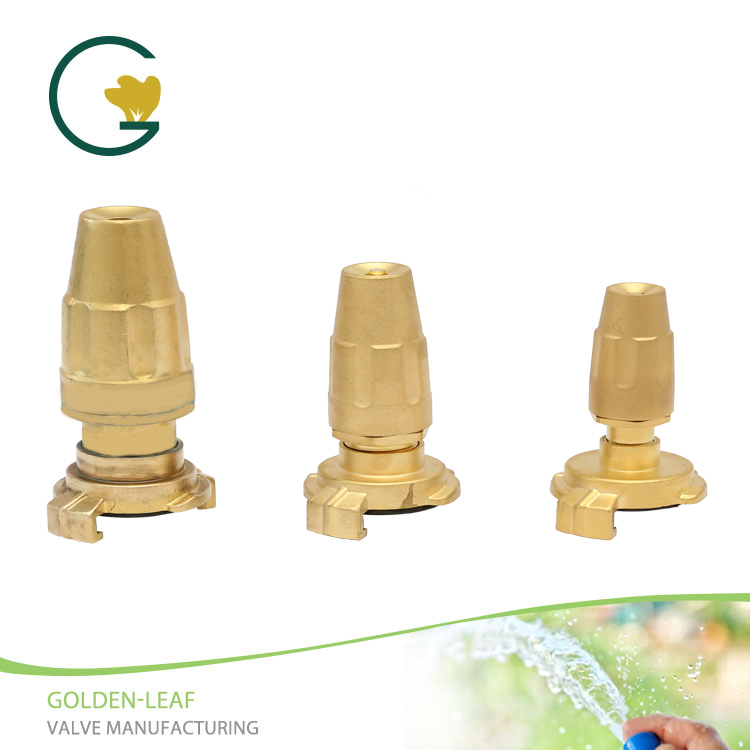
Yuhuan Golden-Leaf Valve Manufacturing Co., Ltd. is a leading manufacturer of gardening tools, including the Brass Quick Coupling Sprayer. Our company is committed to providing high-quality, durable tools that are both environmentally friendly and convenient to use. To learn more about our products, visit us at www.chinagardenvalve.com, or contact us at sales@gardenvalve.cn.
Sustain, M., & Reiss, J. (2018). Sustainable gardening: review and bibliometric analysis. Sustainability, 10(1), 188.
Gárate, M. J., Armengou, J., & Chocarro, C. (2017). Drought resistance traits highlight differences in the response of maize to high and low nitrogen availability. AoB Plants, 9(2).
Ashworth, M., & Hermansen, L. A. (2018). Economic and environmental benefits and costs of urban green spaces: A systematic review. Journal of Environmental Management, 219, 60-78.
Storozhenko, S., & De Frenne, P. (2019). No tree left behind? Ecological strategies for surviving environmental change. Journal of Plant Ecology, 12(5), 705-711.
Schierhorn, F., Cierjacks, A., Krämer, I., & Hölzel, N. (2018). Individual-based population model of a rare relict grass supports management for sustainable resilience in the face of climate change. Ecological Modelling, 376, 80-88.
Hu, Z., Liu, J., Ma, Y., Jesse, N., & Song, Y. (2020). Achieving Sustainable Development Goals in lockstep with the Paris Agreement: A global high-resolution scenario analysis. Environmental Science \& Technology, 54(18), 11289-11297.
Lafuente, A., Eldursi, K., & Álvarez-Molina, A. (2018). A Global bibliometric analysis of green infrastructure research. Science of The Total Environment, 634, 883-895.
Vos, C. C., Verboom, J., Opdam, P., Ter Braak, C. J., & Jongman, R. H. (2018). Environmental factors and habitat fragmentation effects on grassland species diversity. Biological Conservation, 221, 111-118.
Zhang, X., Kang, S., Daly, C., & Liu, G. (2018). Variations in the projected hydrological cycle over the Western United States based on multi-model ensemble simulations. Journal of Hydrology, 563, 1005-1024.
Peleg, N. (2017). Symbiotic microbial communities, carbon, and nitrogen interactions during soil development. Journal of Soils and Sediments, 17(2), 352-361.
Pech, P., Pokorný, J., Hájek, T., & Dostál, P. (2019). Vegetative and generative traits of a rare plant, Silene tatarica, change along different successional stages. Plant Ecology, 220(6), 549-558.